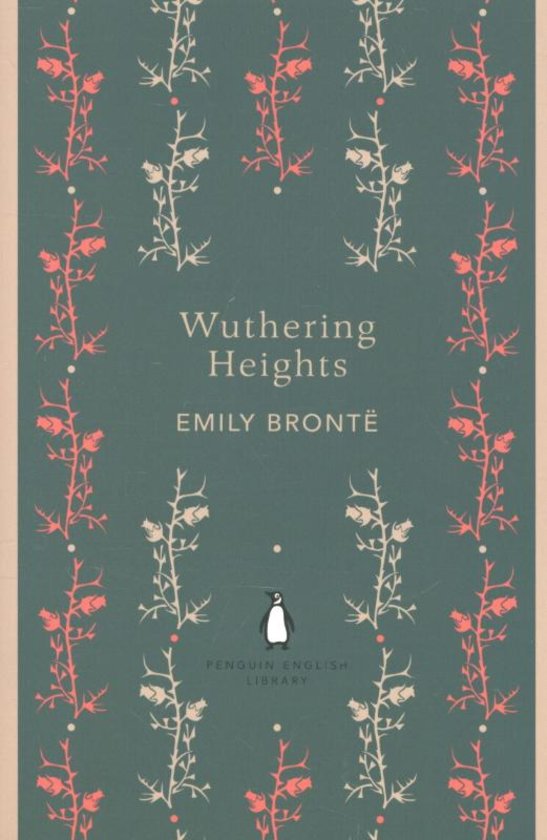Essay
Social Divisions in Wuthering Heights by Emily Brontë
- Vak
- Instelling
- Boek
This essay briefly explores the theme of social divisions in Wuthering Heights by Emily Brontë, with a focus upon the poorer Heathcliff, who is not born into wealth, and the near-aristocratic Linton family. Context on the changing class divide resulting from the industrial revolution is expanded u...
[Meer zien]







